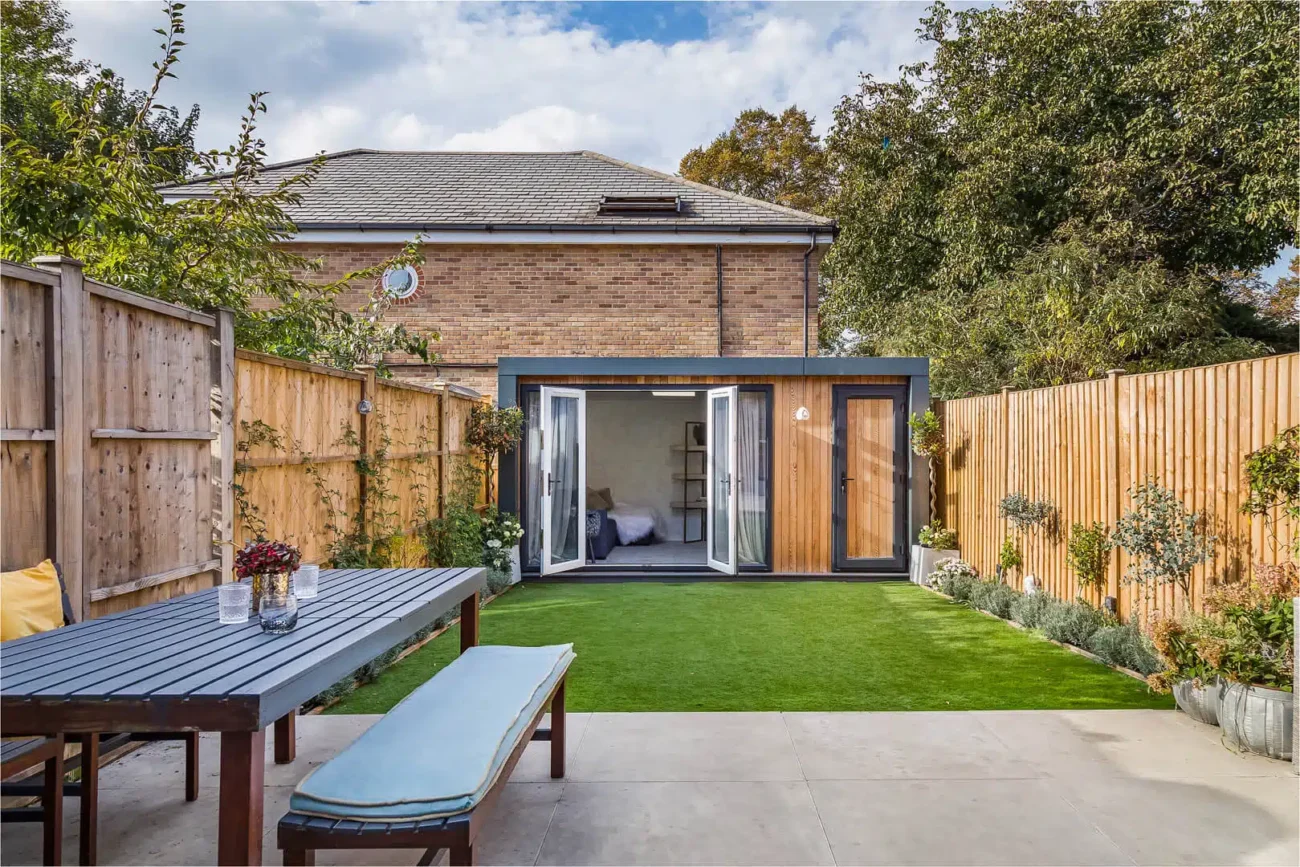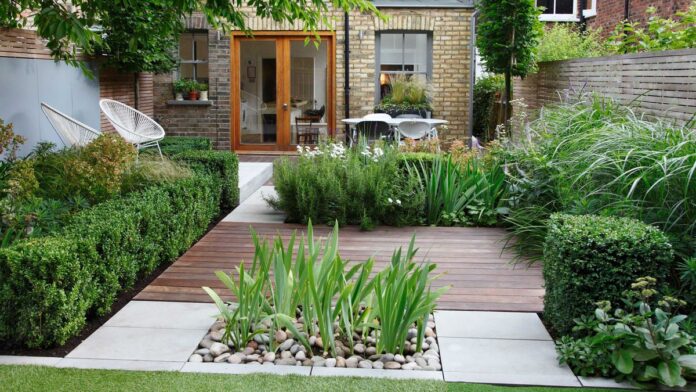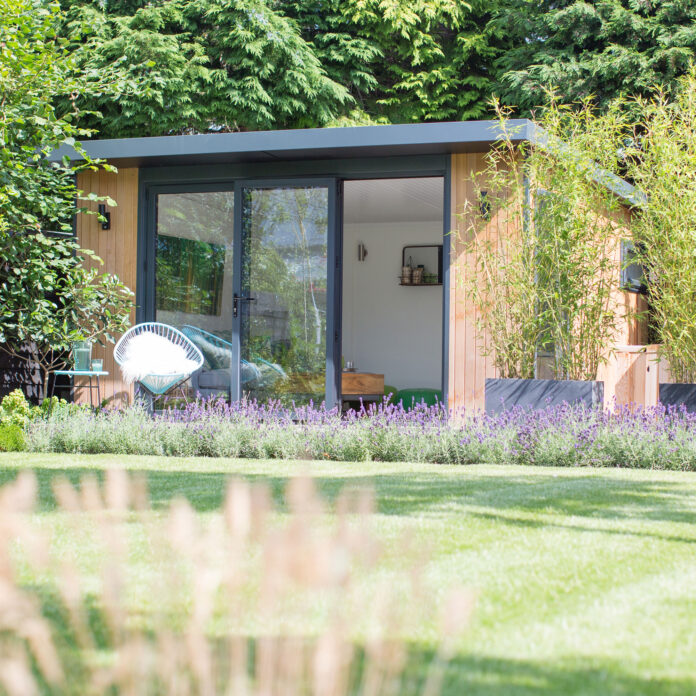Designing a garden room is an exciting venture that allows you to extend your living space into the natural beauty of your outdoor area. This space can be a peaceful retreat, a creative studio, or a functional home office, depending on your needs and aspirations.
When approaching the design of your garden room, it’s crucial to consider various elements such as style, size, materials, and more. This article aims to provide comprehensive guidance on creating a garden room that is not only aesthetically pleasing but also functional and harmonious with your overall home and garden environment.
Understanding the Purpose of Your Garden Room
When it comes to garden rooms, the first essential step is to clearly define their purpose. The function of these rooms plays a pivotal role in shaping their design, size, and the materials you select. For instance, if your goal is to create a tranquil space for relaxation and meditation, your focus should be on maximizing natural light and choosing soothing colors and materials.
If the room is intended for work, such as a home office, considerations like electrical outlets, storage, and a functional workspace become paramount. Understanding the room’s purpose will also help you decide on its location within the garden, its proximity to your main house, and how it interacts with the natural elements around it.
Selecting the Right Size for Your Needs

Size is a critical factor in garden room design. The size should be proportional to your garden, ensuring that the room complements rather than overwhelms your outdoor space. A larger garden room can offer more versatility and space for multiple functions but might require more maintenance and heating in colder months.
Conversely, a smaller room might be cozier and easier to maintain, but it could limit your usage options. When determining size, also consider future needs; what suits you now might not be adequate in a few years. Remember, the size of your garden room will also impact planning permissions, so it’s essential to check local regulations.
Material Selection: Balancing Aesthetics, Durability, and Maintenance
Choosing the right materials for your garden room is crucial for both its appearance and functionality. Material choice affects the room’s durability, maintenance requirements, and how well it integrates with your garden’s existing aesthetic. Common materials include wood, metal, glass, and composites.
Wood offers a traditional, warm look and can be painted or stained to match your home, but it requires regular maintenance to prevent rot and insect damage. Metals like steel or aluminum are durable and low maintenance but may lack the natural aesthetic of wood. Glass is excellent for maximizing natural light and views but might require careful consideration for insulation and privacy. Composite materials can offer the best of both worlds, with low maintenance and a variety of aesthetic options, but they might be more costly.

End Note
Designing a garden room is a personalized process that can significantly enhance your living space and connection to nature. By carefully considering the room’s purpose, size, materials, integration with the landscape, interior design, and sustainability, you can create a stylish and functional space that complements your lifestyle and your home.




